ZHCSI44A April 2018 – December 2018 TPS563249
PRODUCTION DATA.
6.6 Typical Characteristics
VIN = 12 V (unless otherwise noted)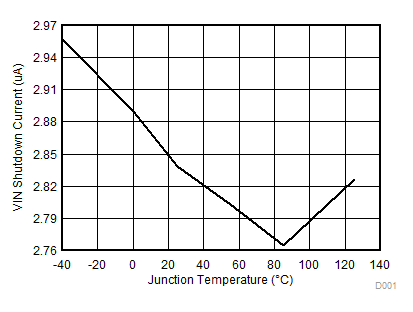
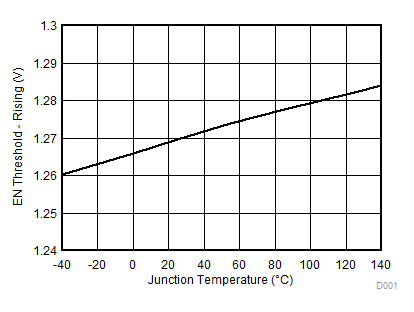
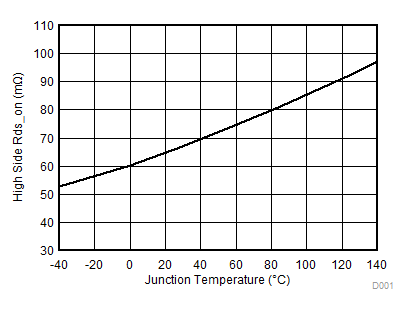
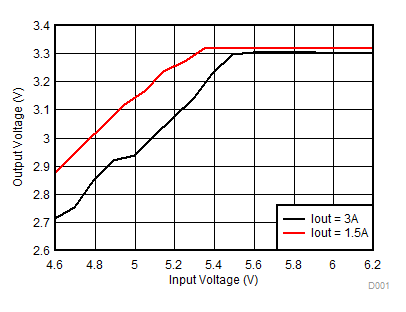
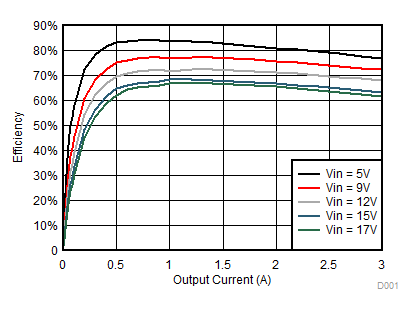
| 0.9 V Efficiency | L = 0.56 µH | (Wurth:744383560056) |
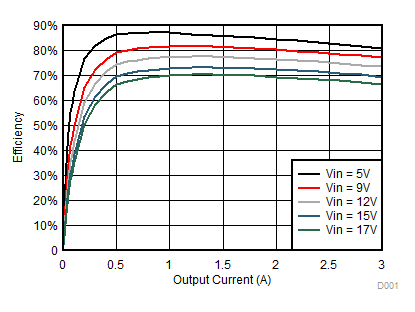
| 1.2 V Efficiency | L = 0.68 µH | (Wurth:744383560068) |
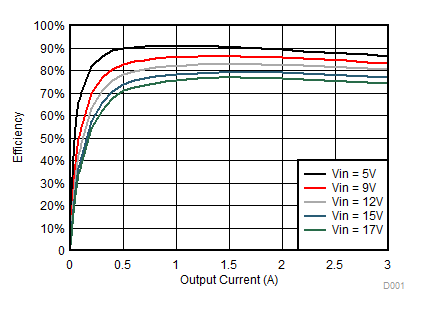
| 1.8 V Efficiency | L = 1 µH | (Wurth:744311100) |
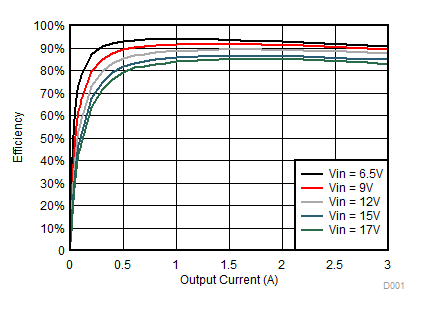
| 3.3 V Efficiency | L = 1.5 µH | (Wurth:744311150) |
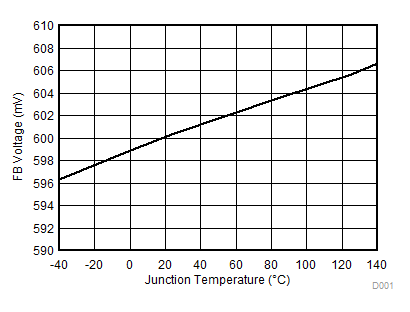
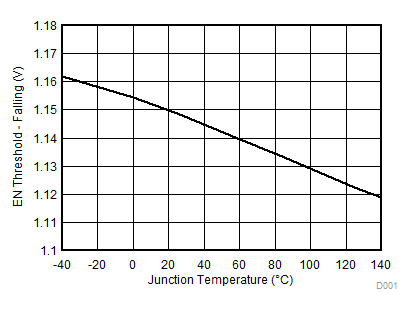
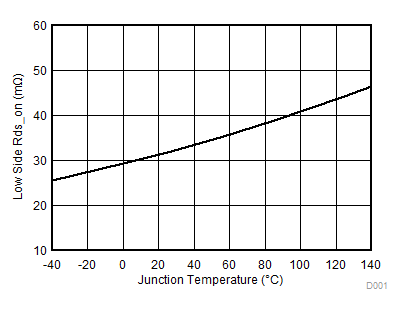
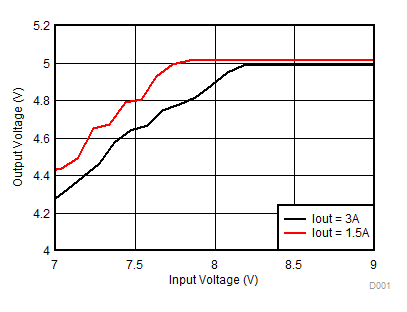
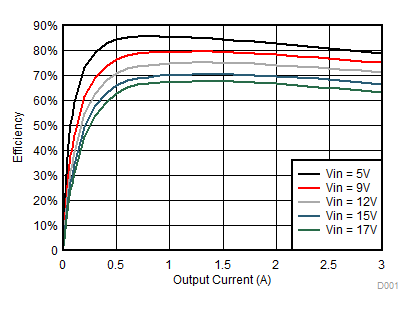
| 1.05 V Efficiency | L = 0.56 µH | (Wurth:744383560056) |
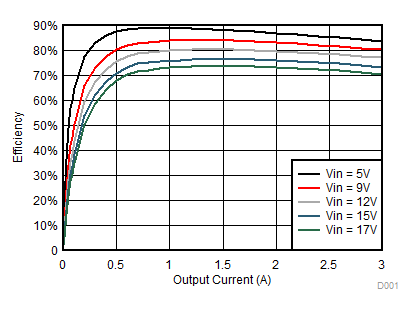
A.
Figure 12. Efficiency vs Output Current, VOUT = 1.5 V | 1.5 V Efficiency | L = 0.68 µH | (Wurth:744383560068) |
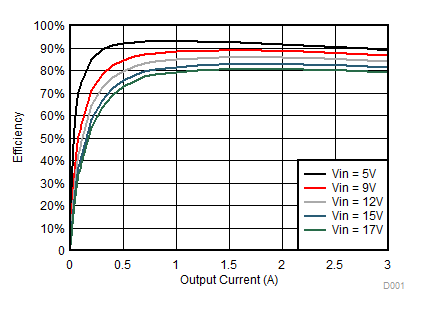
A.
Figure 14. Efficiency vs Output Current, VOUT= 2.5 V | 2.5 V Efficiency | L = 1 µH | (Wurth:744311100) |
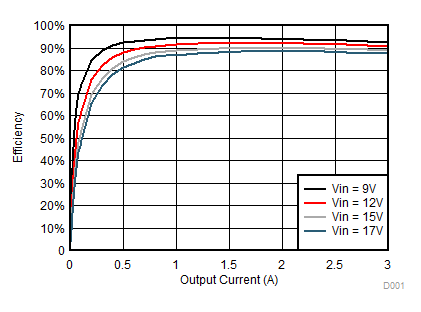
| 5 V Efficiency | L = 1.5 µH | (Wurth:744311150) |